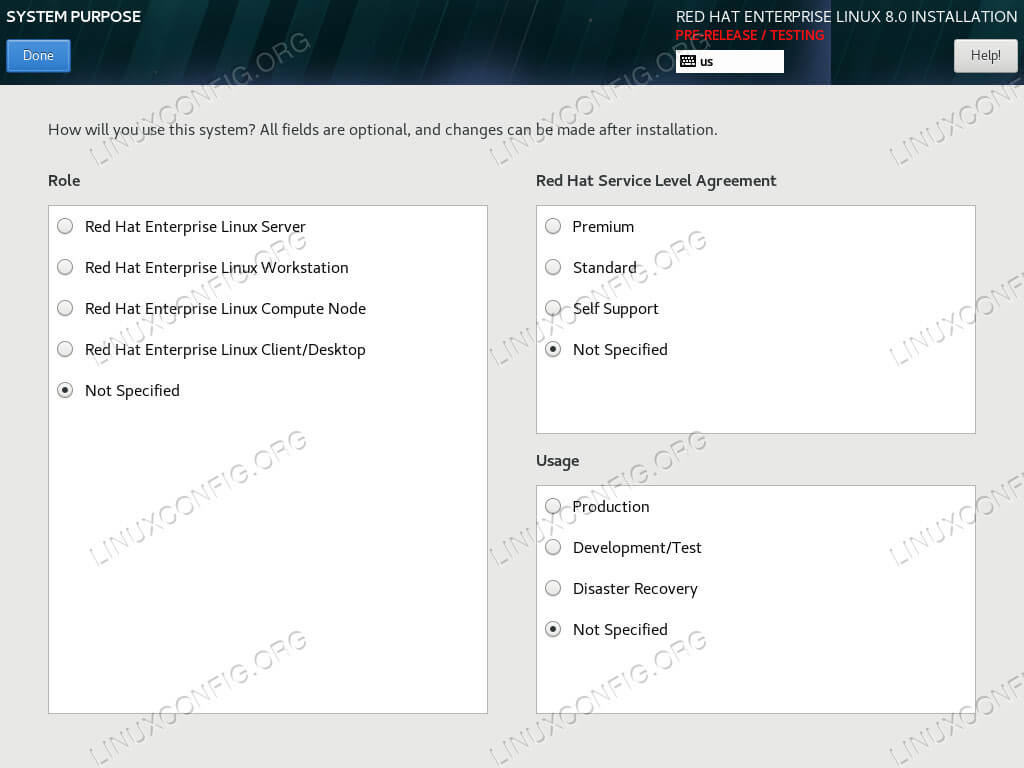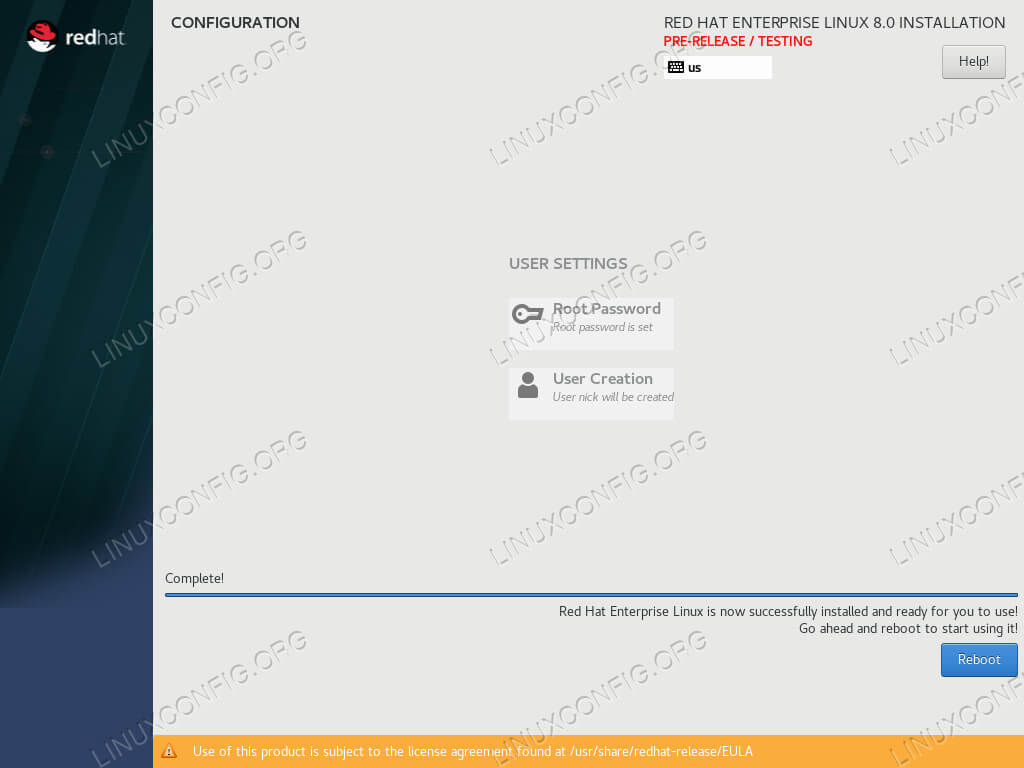
But as mentioned earlier, Red Hat decided to stop supporting CentOS halfway through CentOS 8’s release cycle, and many people consider that to be the death of CentOS.

Red Hat later bought the project out, and things continued running smoothly. So if you needed Red Hat, and didn’t care about the support from the company, you would just installed CentOS. CentOS essentially took Red Hat’s source code, removed Red Hat branding and added it’s own repositories, and then compiled it themselves. Because Red Hat was a paid distro, and people may be fine with community support/docs instead of official Red Hat docs, a rebuild of RHEL was formed called CentOS. However, another thing that made Red Hat different is that it’s a paid Linux distro but paying for it gives you support and docs from the Red Hat company. A bunch of examples of this include GNOME Shell, SELinux, SystemD, PackageKit, Wayland, D-Bus and many other projects.

Another thing that makes Red Hat special is that a lot of modern technology in the Linux world is either significantly funded by Red Hat, or ran or heavily contributed to by Red Hat developers. Do note though, that while Fedora is sponsored by Red Hat and uses some Red Hat infrastructure, Fedora is still its own project that may make decisions against Red Hat. For example, the current latest version of RHEL 9.0, is based on Fedora 34 from March 2021. RHEL’s package base actually comes from earlier versions of Fedora which makes Fedora a testing ground for different changes they may come to Red Hat in the future.

RHEL is an RPM based distribution that uses the DNF package manager and follows a more LTS like release cycle, with an older package base. Red Hat Enterprise Linux, or RHEL for short, is a Linux distribution developed by, believe it or not, Red Hat. But for now, let us look take a look at what Red Hat Enterprise Linux is and take a look at all of the clones and forks that we have available to us. Near the end of 2020, Red Hat decided to kill CentOS as we know it.


 0 kommentar(er)
0 kommentar(er)
